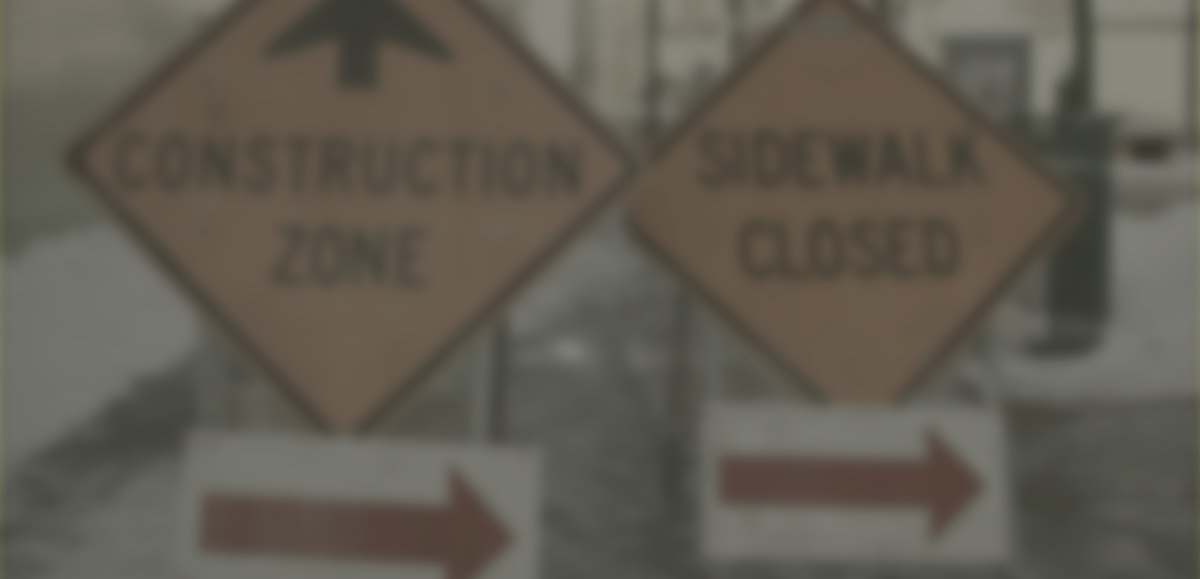Right now there are dozens of road closures impacting the pedestrian and bike networks in and around the boom town that is Portland. They range from unnecessary inconveniences to downright dangerous, and they all are easily preventable.
Yet, local transportation agencies and developers weren’t convinced it was a big issue so a small group of us set out to capture just how bad things have gotten and push for the policy changes needed to address it. We ran a short social media campaign over three months and with a little tech sauce we whipped up, we were able to aggregate hundreds of photo tweets from some dedicated individuals and submit them to City Hall as part of a proposed resolution to work zone closure requirements. The resolution passed unanimously at the end of June! Here’s how we did it.
Oregon Walks and the Bicycle Transportation Alliance approached me with the social media campaign idea and I hatched a plan for a tech workflow that would:
- Make it simple for people to contribute images via Twitter and Instragram
- Collect contributions for review and approval (Zapier, Google Sheets, Google Apps Script)
- Publish approved contributions through a central website (Jekyll/Github Pages, Tabletop.JS, Mapbox GL JS)
- Be built entirely on free or low cost services

In just a few short sprints we had something up and running. Code available on Github


Oregon Walks and BTA then went into action and got the word out to their networks. The sightings started to trickle in.
We communicated directly with contributors to fill in gaps and provide encouragement.
Over time a wide swath of safety and accessibility issues were shared covering everything from large long-term building construction and roadway maintenance to temporary closures. More than a few times both sides of the street would be closed, or car parking would be maintained while bike or pedestrian traffic would be blocked. Far too often work signage, equipment, even port-a-potties would be placed unnecessarilyin the middle of bike lanes or sidewalks forcing people out of their lane of travel.
About halfway into the campaign, contributors started sharing examples of good closures, cases where the developer or the city took a little extra time to create a viable alternative for bikes and pedestrians or found a way to prevent a closure altogether. New hashtags emerged including #workzoneFTW and #workzoneWTG!
After 3 months, all of the contributions were reviewed and submitted to the city and presented in support of new guidelines proposed called Safe Accommodation for Pedestrians and Cyclists In and Around Work Zones. The Oregonian ran a story covering the issue.
On June 30th a resolution was presented to the city council and passed 5-0. The end right? No, just the beginning. Now it’s time to make sure the city and private developers follow through.

